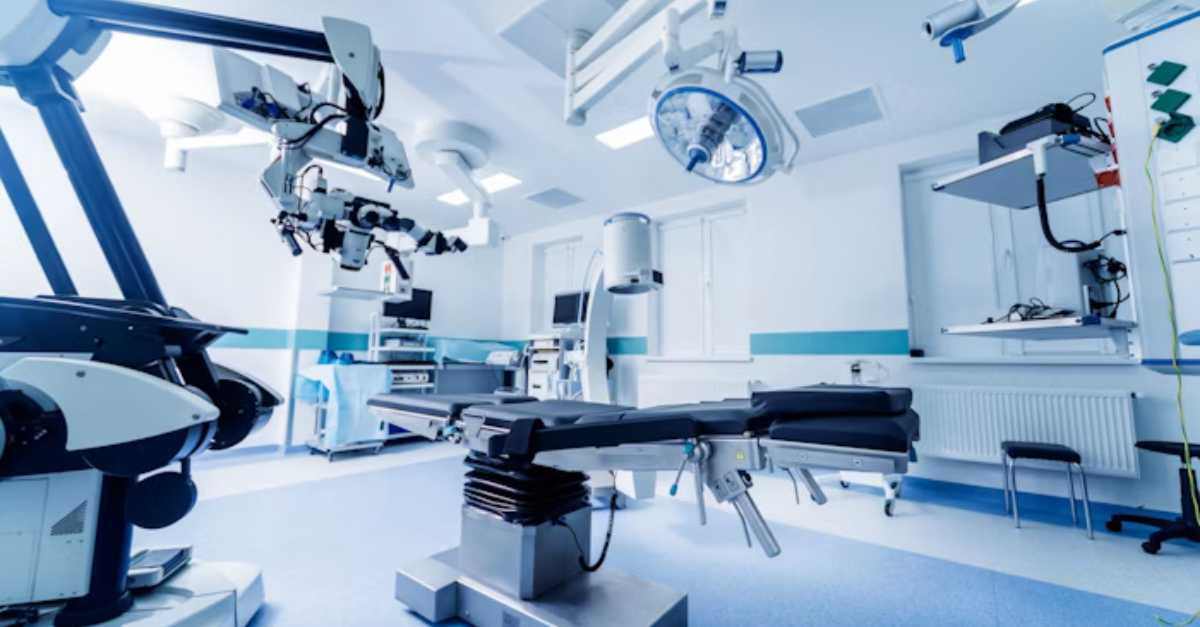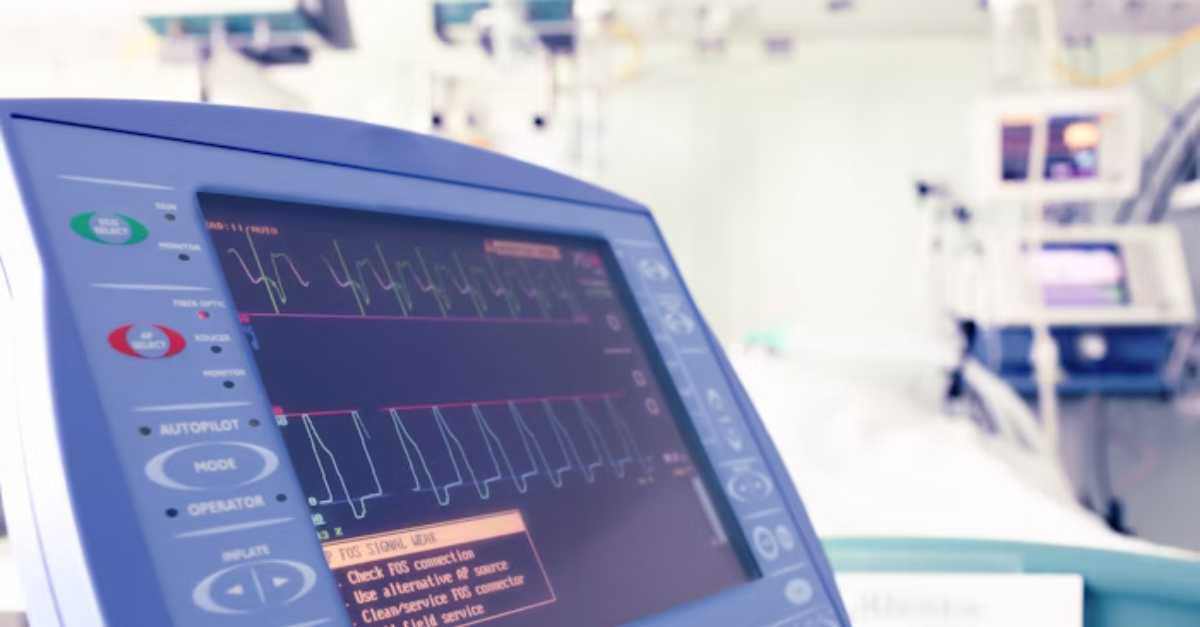
How Good Device Life Expectancy Data Guides HTM Capital Planning
See how good life expectancy data in Accruent Data Insights can help you gain credibility for your capital planning recommendations.
Solutions
Workplace Management Solutions
Real Estate Management Solutions
Maintenance Management Solutions
Energy Management Solutions
Engineering Document Management Solutions
Asset Management Solutions
Automate campus scheduling for classes, meetings, and exams with our EMS software.
Plan and manage conferences effortlessly with EMS software to impress guests and streamline operations.
Boost workplace flexibility and maximize space use with seamless desk and room booking.
Organize workplace or campus events smoothly, creating memorable experiences.
Optimize workspace, manage allocations efficiently, and reduce costs with our space management solutions.
Deliver projects on time and within budget by improving communication, collaboration, and efficiency with our software.
Streamline lease accounting for ASC 842, IFRS, and GASB compliance.
Manage leases efficiently by tracking key dates, analyzing costs, and ensuring compliance.
Centralize data and analytics for better insights, faster negotiations, and revenue growth.
Centralize facility and asset maintenance, automate work orders, and ensure compliance with our CMMS software.
Extend asset life, reduce downtime, and prevent costly repairs with data-driven monitoring.
Prevent equipment failures and extend asset life by detecting and addressing issues early.
Make sustainable, cost-efficient energy decisions by monitoring and optimizing power consumption.
Remotely monitor and control equipment with real-time data to predict issues, boost efficiency, and reduce downtime.
Easily share and collaborate on documents, creating a single source of truth for engineers and contractors.
Manage and analyze assets across their lifecycle to schedule maintenance, reduce downtime, and extend lifespan.
Improve visibility, automate work orders, and ensure compliance for efficient facility and asset management.
Resources
Browse our full library of resources all in one place, including webinars, whitepapers, podcast episodes, and more.
Support
Looking for access to technical support, best practices, helpful videos, or training tools? You’ve come to the right place.
About Accruent
Get the latest information on Accruent, our solutions, events, and the company at large.

Explore the problems of cost data, its impact and Accruent’s approach for implementing big data.
By Eric Fischer, Senior Product Manager, Data Solutions
In part 4 of our series on how Accruent Data Insights works and how it helps the healthcare technology management (HTM) profession, we focus on medical device costs.
For most healthcare technology management (HTM) professionals, the cost of the hospital system’s medical equipment is an important metric. This key component in developing the cost of service ratio (COSR) is the total cost of all internal and external equipment maintenance costs divided by the total of all equipment acquisition costs. HTM professionals and in-house biomedical engineering organizations frequently use COSR to measure their own performance and improvements year over year.
But medical equipment acquisition cost data serves another valuable purpose: as a helpful data point for measuring replacement costs during the capital planning process.
Effective capital planning relies on replacement cost data that is as accurate as possible, and estimating true replacement cost can be an uncertain process because the device may be replaced with a newer or different model. Almost every organization starts the yearly capital planning process with a replacement cost estimate rather than an actual value. Fortunately, using original cost data is a great way to achieve a high-level estimation.
Based on our analysis of data across over 300 hospital systems, we can confidently say that acquisition cost data in the typical computerized maintenance management system (CMMS) is lacking. Overall, 67% of medical equipment records are missing the original acquisition cost, a strong indicator that most organizations are not keeping good COSR performance metrics.
This becomes an even bigger problem when your CFO is attempting to determine the maintenance cost budget for next year. Without visibility into a reasonable cost of maintenance, the CFO may choose to hire external consultants, who perform crude benchmarks of equipment service expenses by comparing your hospital to a similar hospital based on bed count or some other less reliable method of comparison. Not knowing the nuances of the types of equipment in your hospital and the reasons for service cost disparities can lead to poor decision making by your organization.
As a result, while not necessarily the fault of the biomedical engineering group, this process can have disappointing consequences for the biomedical engineering team and hospital system. Management may decide to outsource biomed or choose more expensive external service plans. So you can see why having the right cost data can empower the biomedical engineering leader to influence the decision toward more favorable outcomes both for the biomedical engineering team and the hospital overall.
Similarly, good cost data can empower the biomedical engineering team to get more involved in the equipment replacement planning process. Some biomedical engineering personnel might feel left out of these key decisions, even though they are among the most well-informed people about medical devices in the entire hospital system.
But that situation may be changing:
“To prevent shortages of other equipment and supplies in the future, healthcare organizations are now fully embracing long-term planning…The upside for HTM professionals is that [a] combination of factors has also led to a new appreciation for the value of their expertise in planning for capital equipment purchasing. Biomeds have an opportunity to positively impact their organizations through direct involvement in this important process.” – Melanie Hamilton-Basich, “HTM’s Role in Capital Equipment Planning,” 24x7 Magazine
Accruent leveraged its data warehouse of 12 million asset records to determine if Accruent Data Insights could derive a good medical equipment price point to help HTM leaders address the problems they face with cost data. This was a challenge because, as I mentioned earlier, roughly two thirds of medical equipment records are missing the original acquisition cost. In addition, many records were incorrectly stating the original cost. Based on early attempts, our Accruent data engineering team believed the data was just too dirty.
But the good news is that after standardizing the models and categories in the data warehouse, Accruent was able to find a solution. Accruent programmatically applied statistics at scale to derive a reasonable price point for 16,000 medical device models in Accruent Data Insights.
For all 16,000 models, Accruent automatically curated the data that creates the following box plot. This included the inner quartile range as well as the mean, median and the trimmed mean.

To validate the result, Accruent did a side-by-side comparison of the mean, median and trimmed mean to determine which was most similar to the documented list price. We found that consistently, the trimmed mean was slightly lower than the list price of the medical device published by the manufacturer. Therefore, we determined that the trimmed mean is a good indicator of the actual purchase price.
Additionally, Accruent continued to validate based on other devices in the categories to determine which models were outliers – and made the necessary adjustments.
We often hear customers talk about the pain points involved in capital planning and frustrations with financial decisions made without being involved. Having good cost data can help you with both.
In addition, Accruent Data Insights is automated, so getting useful results is quick and painless. Even simply mapping your cost data is simple and easy. If you’d like to learn more, please reach out! Ask your Account Executive for a free data cleaning report card so we can show you how this technology can help you. As always, we can be reached at sales@accruent.com.
Looking for the full Accruent Data Insights Deep Dive weekly series? See:
See how good life expectancy data in Accruent Data Insights can help you gain credibility for your capital planning recommendations.
Learn how Accruent Data Insights standardizes medical device categories so that your healthcare organization’s data is more consistent and useful.
Different departments are responsible for providing the level of service that make a hospital run. Learn how to eliminate silos and meet the ...
Subscribe to stay up to date with our latest news, resources and best practices.
* To unsubscribe at any time, please use the “Unsubscribe” link included in the footer of our emails.